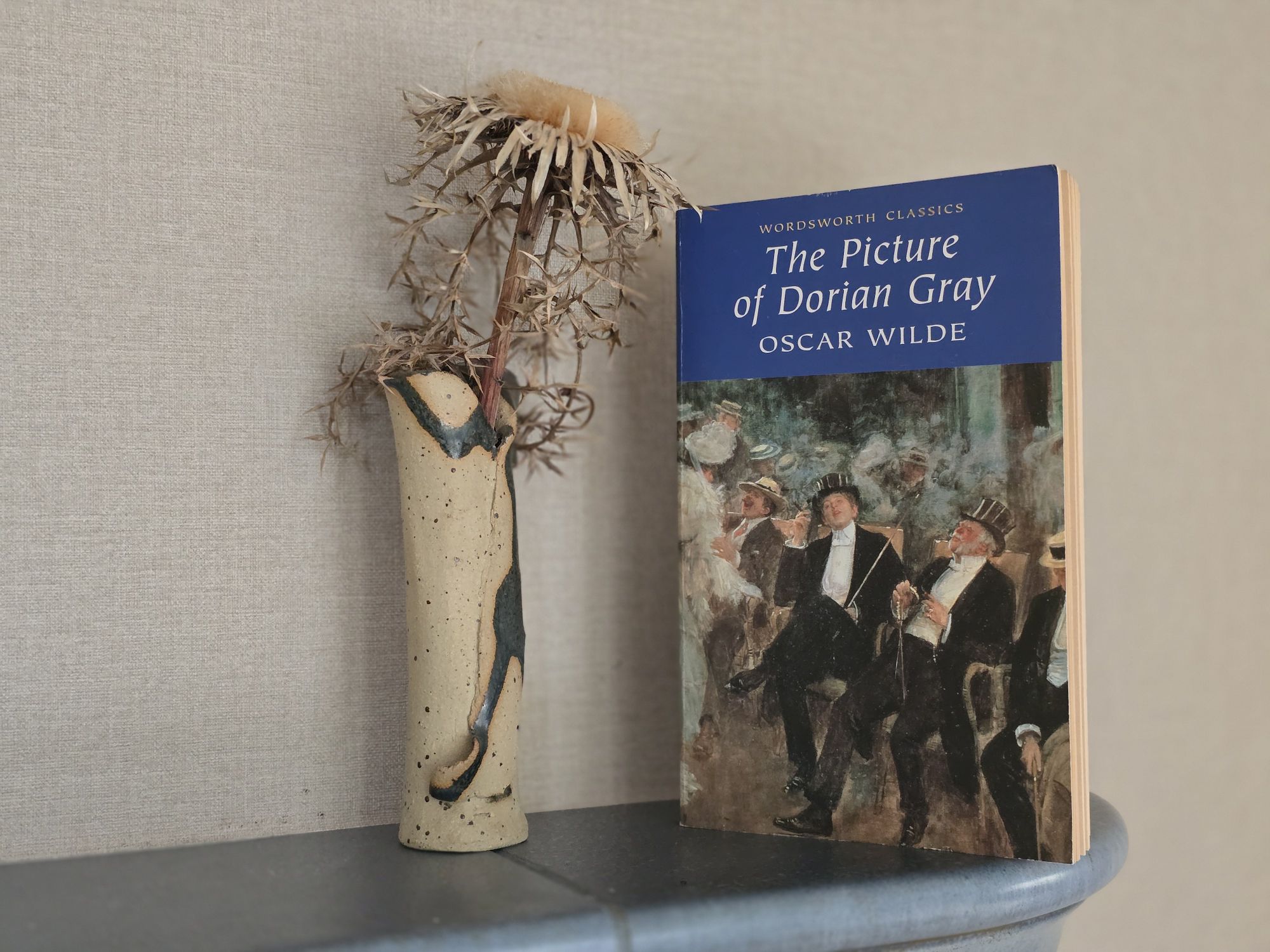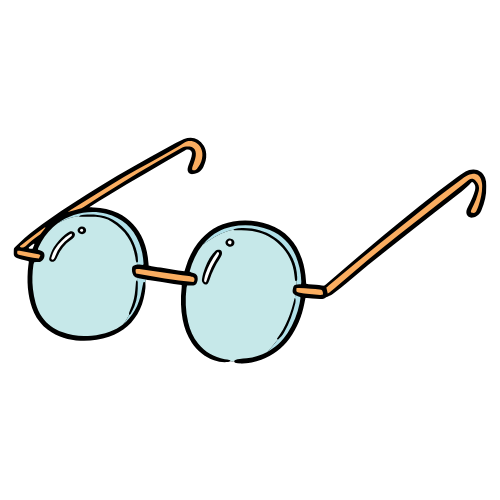Oscar Wilde’s 1890 novel The Picture of Dorian Gray is one of those books you don’t necessarily need to read to know what it’s about. Or at least to think you know what it’s about. You know, of course, about the young and beautiful Dorian Gray who trades in his soul to stay young and beautiful forever. There is a price he has to pay, though, but it’s not Dorian who pays it. A magnificent portrait of him, painted by his friend Basil Hallward, will pay for everything Dorian doesn’t. Evil deeds, ageing, scars of the souls left by corrupting others and being corrupted himself. Dorian hides the painting so that he doesn’t witness the decay the portrait shows of his soul, but after 20 years, he is forced to come to terms with the portrait and the consequences of his deeds.
I haven’t read the book in about 20 years, and it was quite a shock to return to it. I went into this re-reading looking for the city of London and how Dorian interacts with it. Still, I knew, of course, that there was no way around the gothic horror of the picture itself. I did find something of that which I was looking for, but so much more, as well. Reading the novel in the context of other short stories by Oscar Wilde, I realized that The Picture of Dorian Gray is mainly a search for the relationship between life and art. How the portrait ages is a beautiful materialization of the metaphor. There are many questions to ask here. Can life still be called life if it doesn’t change with time? Does art have a moral responsibility to life? But before tackling these questions, there’s something else. How gothic is Wilde’s novel actually?
is the picture of dorian gray gothic literature?
Absolutely. One of the main features of gothic literature is its exploration of dark aspects of the human psyche, and, in the voice of Dorian Gray, Wilde masterfully spins themes of vanity, moral degradation, and the consequences of an irresponsible lifestyle. The portrait that ages and bears the scars of Dorian’s sins while he remains eternally youthful makes for a powerful symbol of the conflict between appearance and reality, a common theme in many gothic works.
A sense of infinite pity, not for himself, but for the painted image of himself, came over him. It had altered already, and would alter more. Its gold would wither into grey. Its red and white roses would die. For every sin that he committed, a stain would fleck and wreck its fairness.
The setting of the novel offers another argument in favour of its being gothic literature. The sometimes opulent, sometimes decaying environments act as a double for Dorian’s search for life experience and his moral decay. In the morning, Dorian wakes up in his luxurious Mayfair apartment, in the evening he visits the shabby second-rate theatre where his beloved Sibyl Vane acts Shakespearean heroines and at night, he walks the sordid streets of the “grey, monstruous London of ours”. The picture painted by the novel switches from beauty to horror, reminding the reader of classic gothic novels.
And yet. There is this sense that Wilde doesn’t go all in into these gothic themes. Dorian Gray doesn’t go for a walk in the poor areas of London just for the atmosphere of it. Nor does his portrait age just for the horror of it. “Real” gothic literature, such as E.A. Poe’s ‘The Raven’ or Bram Stoker’s Dracula, tends to do this kind of horror things for the pure shivers down the reader’s spine. Wilde’s novel goes beyond that. It paints horror in the colours of beautiful words to make the reader consider that there’s always a price to pay for immoral negligence and it’s almost never the trespasser who pays it.
dorian, basil, lord henry and oscar wilde
Oscar Wilde wrote The Picture of Dorian Gray, his only novel, when he was 35, in an age when open homosexuality was scandalous, and truth could only be spoken behind closed doors. Wilde chose the closed doors of his novel to criticize the hypocrisy and rigidity of Victorian society. The story is partly set in a luxurious Mayfair which showcasts riches brought in from the far corners of the empire, while Lord Henry sees the struggle of poverty as a “curious effect” which is common in London. Lord Henry acts as a flamboyant mouthpiece of decadent “wisdom”, but it’s Dorian who takes this wisdom to its practical conclusion. Basil, the painter who put his soul into the picture of Dorian, can only stand aside and watch how his model drenches his beauty in the mud of sin and immorality.
Wilde famously wrote in a letter from 1894 that the novel “contains much of me in it — Basil Hallward is what I think I am; Lord Henry, what the world thinks me; Dorian is what I would like to be — in other ages, perhaps”. I can’t really decide how to unpick this. Is Wilde talking about the moral standing of his characters or about their deeds? Does he see himself as the artist or as the victim of his own art? Questions, questions.
the life and art of dorian gray
The Portrait of Dorian Gray shocks by what it veils. It’s not clear what exactly Dorian does to bring his portrait to such a decayed state. It’s not clear why members of society shun him after having been intimate friends with him. The reader only knows that whatever life Dorian lives, his portrait is “withered, wrinkled, and loathsome of visage”, as if the portrait contains the truth which Dorian manages to hide in life.
This intertwining of life and art lies at the heart of the novel. Art, though seemingly detached from the sordidness of human existence, can hold a mirror up to life and reveal its hidden truths. In Wilde’s novel, the portrait is not just a supernatural element but also a symbol of the inextricable link between one’s inner life and the artistic expressions that capture it, a chilling reminder that art may reveal what life seeks to hide. But that’s just an opinion, of course. Depends on who you ask. Tolstoy would have something else to say about art.





your thoughts?